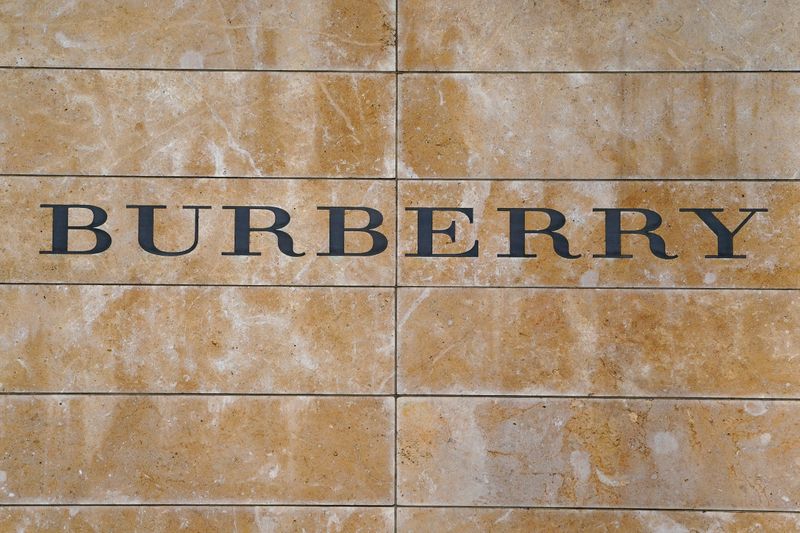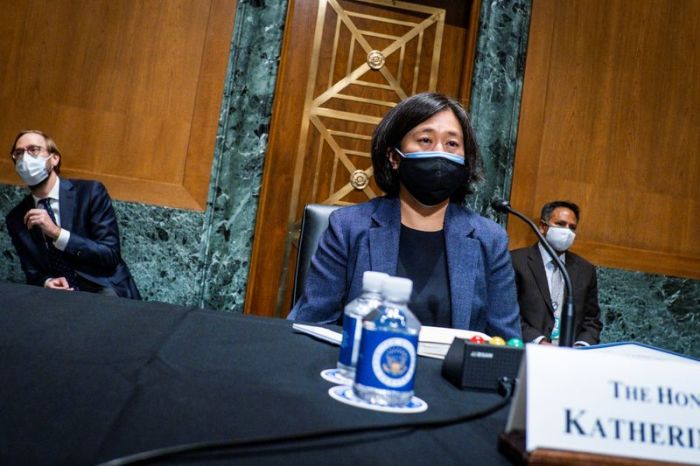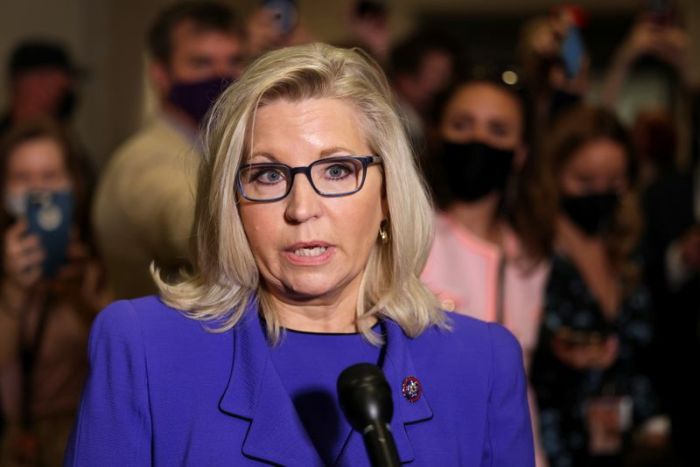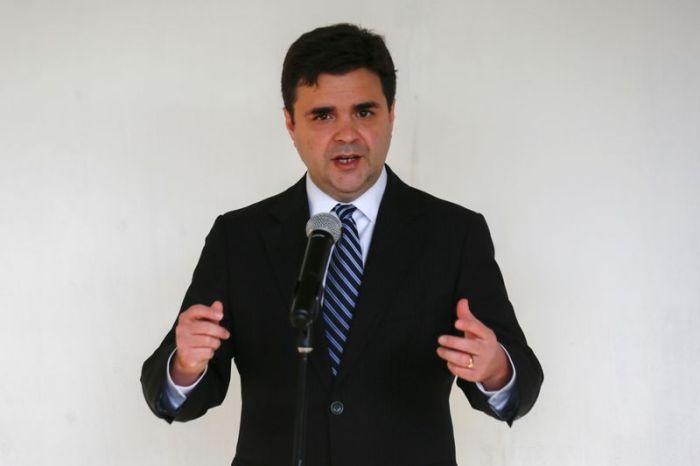LONDON (Reuters) -Burberry said its sales were recovering from their COVID-19 hit, partly due to a rebound in China, but cautioned profit margins in its new financial year would be dented by increased investment, sending its shares sharply lower.
Shares in the brand, known for its trench coats, check fabric and TB monogram, were down 8% at 0836 GMT, paring year-on-year gains to 42%.
Burberry said 2021-22 adjusted operating margins would be impacted by higher operating expenses as the pandemic recedes and increased investment to drive growth.
It forecast “more meaningful” margin accretion thereafter.
Burberry reported a 10% drop in sales for the year to March 27 to 2.34 billion pounds ($3.29 billion) hit by store closures and reduced tourism.
However, fourth-quarter comparable store sales increased 32% year on year, despite an average of 16% of stores still being closed.
It said full-price sales rose 63% in the quarter driven by mainland China, Korea and the United States.
Other big luxury groups such as Hermes, Kering and LVMH are on course to put the COVID-19 crisis behind them, with first-quarter revenues already above pre-pandemic levels.
In March, Burberry faced calls for a consumer boycott in China over Xinjiang cotton.
Chief operating and chief financial officer Julie Brown told reporters the label was pleased with its performance in mainland China but declined to comment when asked if recent trading had suffered from any backlash to Western accusations of abuses in Xinjiang.
Taking full-year 2020 as the base year, Burberry expects revenue to grow in the medium term at “a high, single-digit percentage” compound annual growth rate at full-year 2021 constant exchange rates.
The company said this growth would be driven by full-price sales as the fashion company exits markdowns in mainline stores in full-year 2022.
Burberry also said that the move to reduce markdowns would be a headwind against comparable store sales growth amounting to “a mid-single digit percentage” in the year.
Adjusted operating profit of 396 million pounds was above analysts’ average forecast of 378 million but down 8% from 433 million in 2019-20.
The full-year dividend was reinstated at 2019 levels of 42.5 pence.
($1 = 0.7121 pounds)
(Reporting by James Davey; editing by Jane Merriman and Jason Neely)
























